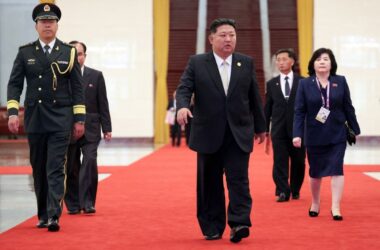Russian drones flying over Poland last month triggered Article 4 of NATO, but analysts warn the alliance could soon face direct conflict with Moscow, particularly over Baltic Sea incidents.
NATO’s Response Timeline
British military analyst Michael Clarke told Sky News that the alliance could face direct confrontation with Russia if any events occur in the Baltic Sea or North Atlantic waters, where the Royal Navy might be on the front line. Incidents like submarine encounters, disrupted communication cables, or illegal energy resource trafficking could trigger such incidents.
Russian Drones and NATO Tensions
Russian drones flying over Poland on September 10 led to the activation of NATO’s Article 4, but experts warn that the situation could escalate. Russia’s actions, including sending drones into Polish airspace, could be another warning not to send military support to Ukraine under any peace agreement.
Risk of Baltic Conflicts
Clarke thinks Russia deliberately tests NATO’s limits, especially since tensions around the so-called Article 5 of the 1949 agreement are “full of ambiguities and interpretations.” Currently, the U.S. stance suggests they might not react forcefully to Russian breaches of NATO territory.
Baltic Nations at Risk
Clarke believes the Baltic nations are the most at risk of Russian aggression: Poland, Estonia, Latvia, Lithuania, Finland, and Denmark could all potentially face increased military threats from Moscow.










